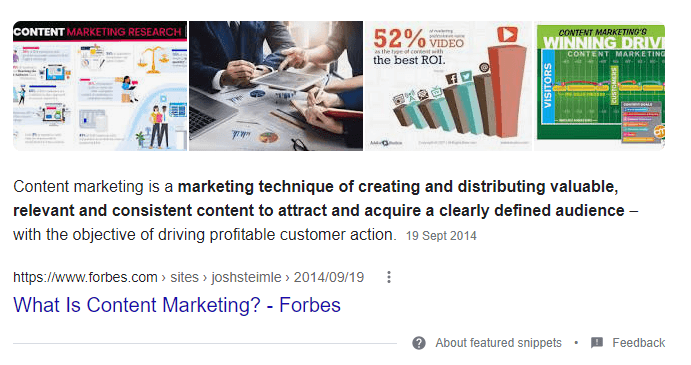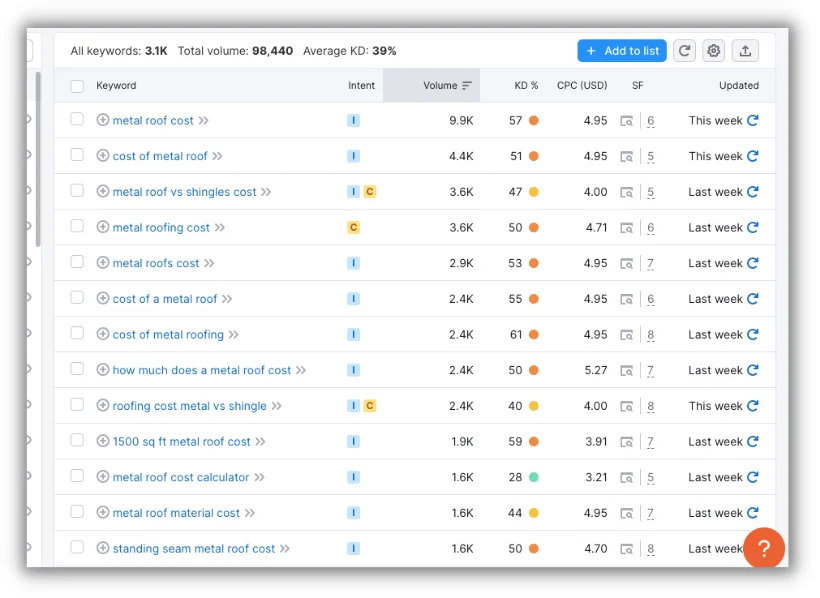Unlock the power of keyword mapping: Learn how to strategically connect your keywords to content for maximum SEO impact!

Image courtesy of via DALL-E 3
Table of Contents
Introduction to Keyword Mapping
Have you ever wondered how search engines like Google know which websites to show you when you type something into the search bar? It all has to do with something called keyword mapping. In simple terms, keyword mapping helps connect the words people search for with the content that websites like yours create. Let’s dive into what keyword mapping is all about and why it’s so important.
What is Keyword Mapping?
Keyword mapping is like creating a map that guides people to the right content on the internet. Imagine you’re looking for information about your favorite video game. By using keywords like the game’s name or a specific level, search engines can quickly find websites that have what you’re looking for. So, when you create content, you map out which keywords should lead people to your website.
Why It’s Important
Keyword mapping is essential because it helps people find exactly what they’re searching for online. If you sell toys and someone searches for “best toy store near me,” having those keywords mapped to your website can lead them right to your virtual door. It’s like giving search engines a treasure map to find the buried treasure of your content amidst the vast sea of information online.
Understanding Keywords
Keywords are like magic words that help the internet show you exactly what you’re looking for. They are the secret codes that search engines like Google use to connect you to the right information. But what exactly are keywords and how do they work?
What Are Keywords?
Keywords are simply the words or phrases you type into a search engine when you’re looking for something online. For example, if you want to find cute cat videos, you might type in “funny cat videos” or “adorable kittens.” These words help the search engine understand what you’re looking for and show you the most relevant results.
How Keywords Help Search Engines
Search engines are like giant libraries filled with all the information on the internet. When you type in a keyword, the search engine quickly scans through all the pages it knows about and shows you the ones that match your keyword the best. This is why choosing the right keywords is important – it helps the search engine guide you to the right content.
By understanding keywords and how they work, you can make sure that your content shows up when people are searching for information related to what you have to offer. So, whether you’re looking for the latest trends in fashion or trying to find the best pizza place in town, using the right keywords is the key to unlocking the treasure trove of information on the internet.
Finding the Right Keywords
When you want people to find your website or content on the internet, it’s important to use the right keywords. But how do you know which keywords to use? Let’s dive into how you can find the best keywords for your content!

Image courtesy of www.brightedge.com via Google Images
Using Keyword Tools
One helpful way to find the right keywords is by using tools like Google Keyword Planner. These tools can show you which keywords are popular and how many people are searching for them. By using these tools, you can discover the words and phrases that are most relevant to your content.
Choosing Relevant Keywords
When picking keywords for your content, make sure they match what your content is about. For example, if you’re writing a blog post about baking cakes, you’d want to choose keywords like “best cake recipes” or “baking tips.” These keywords will help people who are interested in baking cakes find your content more easily.
Creating a Keyword Map
When you have found the best keywords for your content, the next step is to create a keyword map. A keyword map is like a treasure map that guides you to connect the right words people search for with the content you create. Let’s dive into the process of creating a keyword map to make sure your audience finds what they are looking for on the internet.
Starting Your Map
To begin creating a keyword map, you can use a list or a simple spreadsheet. Write down the keywords you have chosen and the content they will match. This will help you stay organized and easily see which keywords connect to which pieces of content. Think of it as creating a roadmap for your website!
Grouping Keywords
Once you have your list of keywords, it’s essential to group similar keywords together. For example, if you have keywords like “funny jokes for kids” and “silly jokes for children,” you can group them under a category like “kids’ humor.” This way, when someone searches for jokes for kids, they will find all the related content you have to offer.
Linking Keywords to Content
Now that you have your list of keywords and content ready, it’s time to connect the dots and make sure your audience can find what they’re looking for. This step is crucial in ensuring that your website shows up when people search for relevant terms.

Image courtesy of contentoo.com via Google Images
Matching Keywords to Pages
When linking keywords to content, think about what each page on your website is about. For example, if you have a page about healthy recipes, you’d want to use keywords like “healthy eating,” “nutritious meals,” or “cooking tips.” These keywords should reflect the main topics covered on each page.
Checking Relevance
It’s not just about sprinkling keywords throughout your content; they need to be relevant. Make sure the keywords you choose accurately represent the information on each page. If someone clicks on your website after searching for a specific keyword, they should find exactly what they’re looking for.
Optimizing Content with Keywords
In order to improve the visibility of your content online, it’s important to optimize it with the right keywords. By strategically placing these keywords throughout your content, you can help search engines understand what your content is about and connect it to the right audience.
Using Keywords in Titles and Headings
One effective way to optimize your content with keywords is by including them in your titles and headings. These are the first things that people see when they come across your content, so it’s crucial to have relevant keywords here. For example, if your content is about healthy eating tips, make sure to include keywords like “healthy eating,” “nutrition,” or “diet” in your titles and headings.
Sprinkling Keywords in Text
Another important aspect of optimizing content with keywords is to naturally include them in the text. Avoid stuffing your content with keywords just for the sake of it, as this can make your content seem unnatural and spammy. Instead, focus on incorporating keywords in a way that flows naturally within the context of your content. This not only helps with SEO but also improves the readability and overall quality of your content.
Evaluating Your Keyword Map
After creating your keyword map and connecting keywords to your content, it’s essential to evaluate how well your strategy is working. By tracking performance and making necessary improvements, you can ensure that your keyword map is effective in driving traffic to your site.

Image courtesy of www.similarweb.com via Google Images
Tracking Performance
Tracking the performance of your keywords allows you to see which terms are bringing people to your site. You can use tools like Google Analytics to monitor the traffic generated by specific keywords. By analyzing this data, you can identify which keywords are most successful in attracting visitors.
Making Improvements
Based on the insights gathered from tracking performance, you can make improvements to your keyword map. If certain keywords are not performing as well as expected, you may need to replace them with more relevant terms. Consider updating your content to better align with high-performing keywords and continuously refine your keyword map to optimize its effectiveness.
Keeping Your Map Updated
Once you have created your keyword map, it’s essential to keep it updated to ensure that your content remains relevant and searchable. Here’s how you can stay on top of keeping your keyword map current:
Regular Updates
It’s important to schedule regular updates for your keyword map. Keywords trends and popular search terms can change over time, so updating your map every few months is a good practice. By staying up-to-date with the latest keywords, you can adjust your content strategy accordingly and continue to attract the right audience to your website.
Adapting to Changes
As the online landscape evolves, so do search trends and user behavior. It’s crucial to adapt your keyword map to changes in what people are searching for. By monitoring changes in search patterns and updating your map accordingly, you can ensure that your content remains relevant and continues to drive traffic to your site.
Conclusion
In this blog post, we learned about the importance of keyword mapping in connecting your keywords to your content to improve search engine visibility. Keyword mapping is like creating a roadmap that helps users find what they are looking for on the internet.

Image courtesy of www.wordstream.com via Google Images
Recap
Throughout this article, we explored what keyword mapping is all about. We started by understanding keywords and their role in helping search engines connect users with relevant content. We then delved into how to find the right keywords using tools like Google Keyword Planner and selecting ones that closely match your content. Next, we discussed how to create a keyword map by organizing keywords according to relevance and grouping similar ones together.
Further, we explored how to link keywords to specific pages on your website and verify their relevance to ensure a good match. We also covered optimizing your content by strategically placing keywords in titles, headings, and throughout your text. Lastly, we touched on the importance of evaluating your keyword map’s performance, making necessary improvements, and keeping it up-to-date to adapt to changing search trends.
By following these steps and understanding the fundamentals of keyword mapping, you can enhance your content’s visibility and attract more visitors to your website. Remember, effective keyword mapping is a continuous process that requires regular updates to stay ahead in the online world!
Want to turn these SEO insights into real results? Seorocket is an all-in-one AI SEO solution that uses the power of AI to analyze your competition and craft high-ranking content.
Seorocket offers a suite of powerful tools, including a Keyword Researcher to find the most profitable keywords, an AI Writer to generate unique and Google-friendly content, and an Automatic Publisher to schedule and publish your content directly to your website. Plus, you’ll get real-time performance tracking so you can see exactly what’s working and make adjustments as needed.
Stop just reading about SEO – take action with Seorocket and skyrocket your search rankings today. Sign up for a free trial and see the difference Seorocket can make for your website!
Frequently Asked Questions (FAQs)
What is the difference between a keyword and a keyword phrase?
A keyword is a single word, like “cat,” while a keyword phrase is a group of words, like “cute fluffy cat.” Both keywords and keyword phrases are used to help people find specific information online.
Can I use more than one keyword for a page?
Yes, you can use multiple related keywords for a single page. By doing this, you increase the chances of your content being found by different people searching for various terms related to your topic. It helps search engines understand what your page is about and show it to the right audience.
How often should I update my keyword map?
It’s a good idea to update your keyword map every few months or whenever there are significant changes in your content or your target audience’s search behavior. By keeping your keyword map up-to-date, you ensure that your content remains relevant and continues to attract the right visitors to your site.







